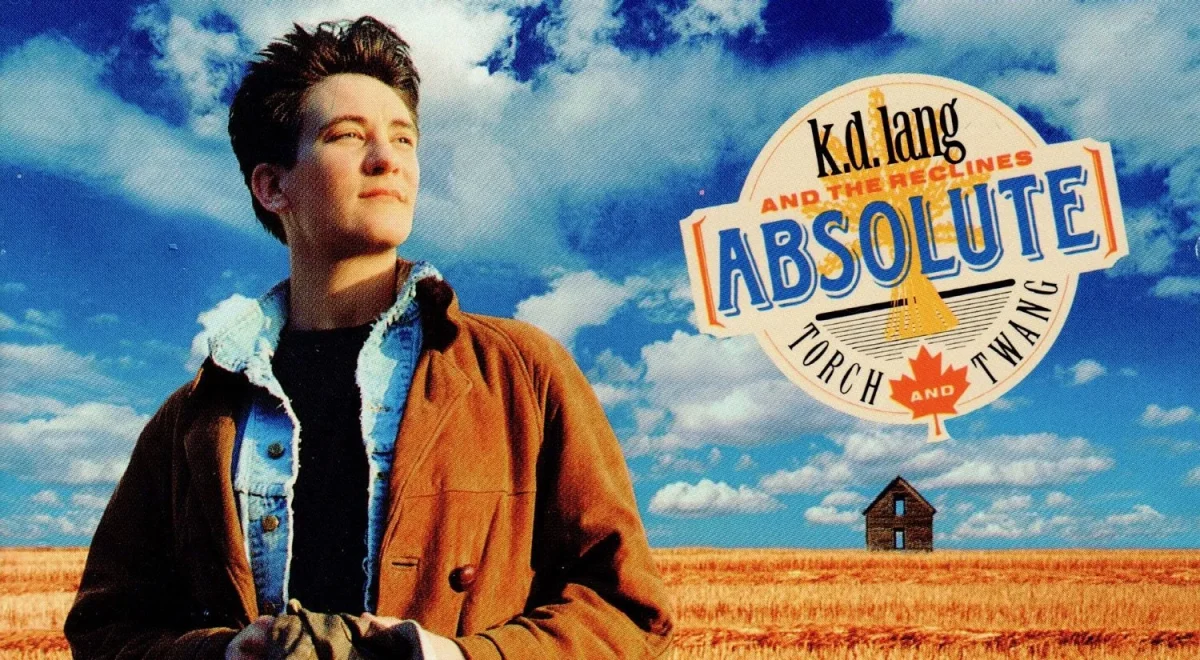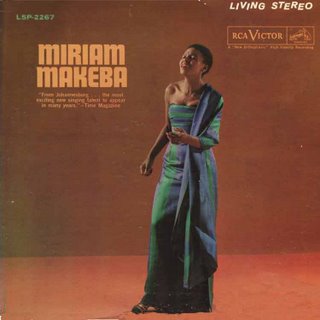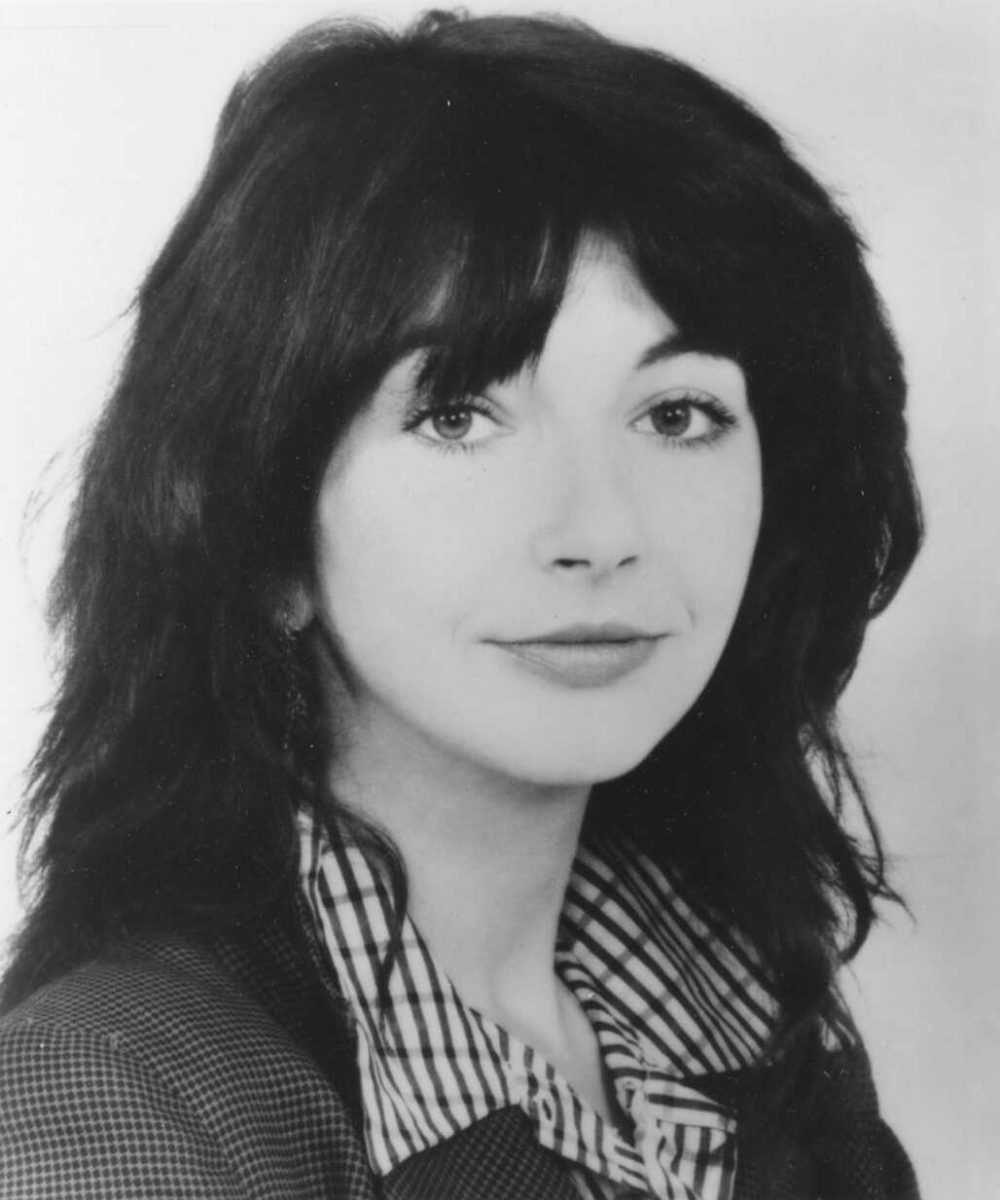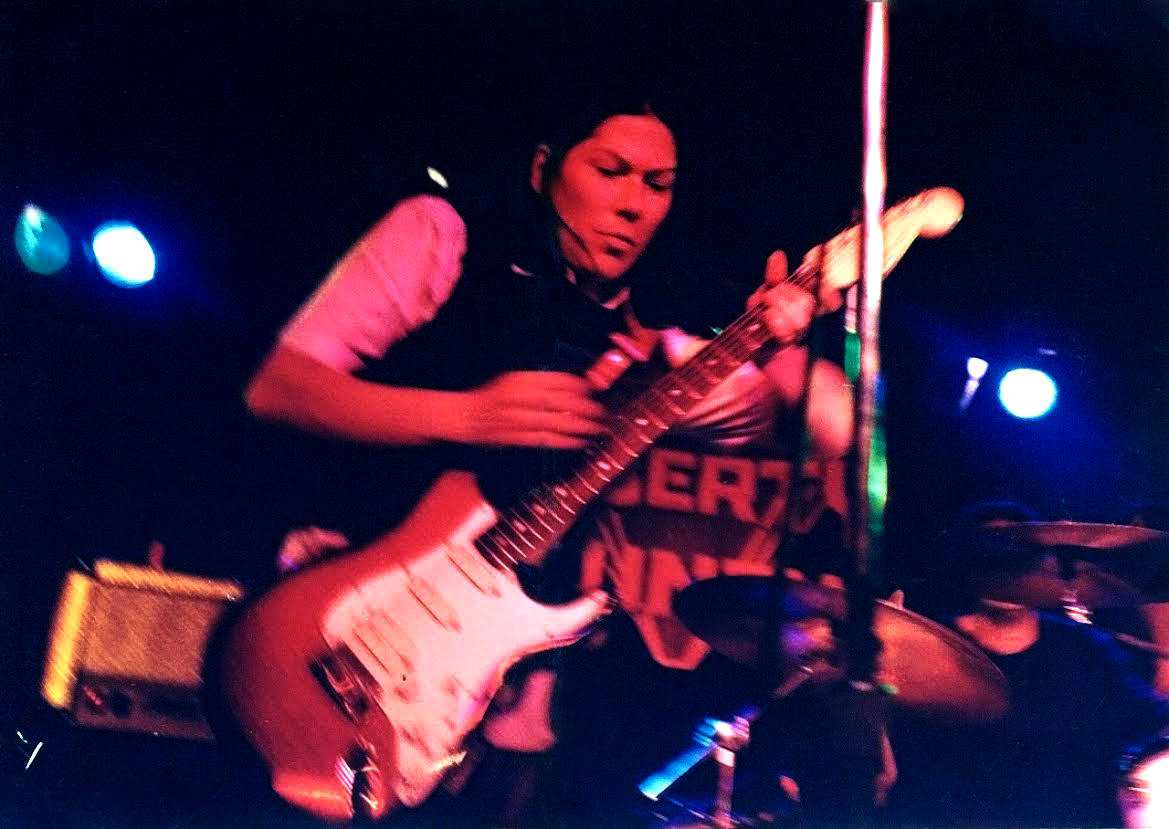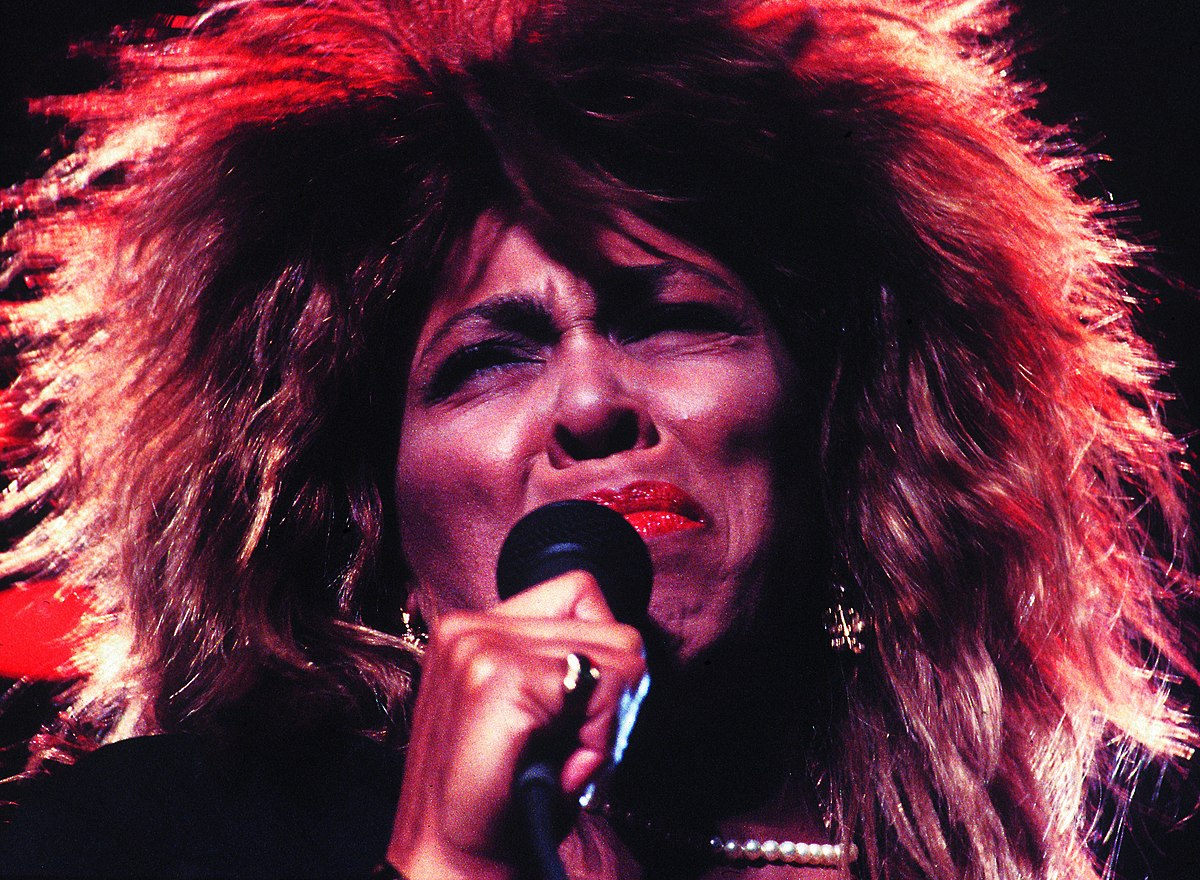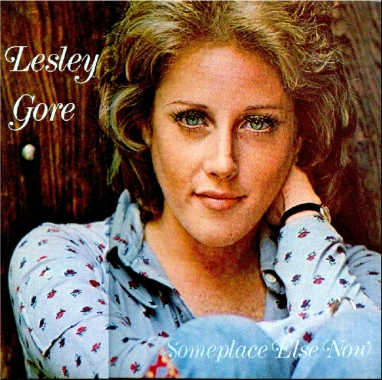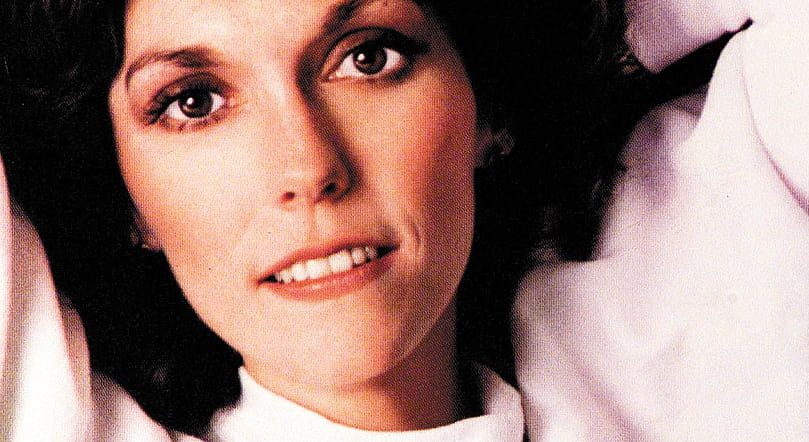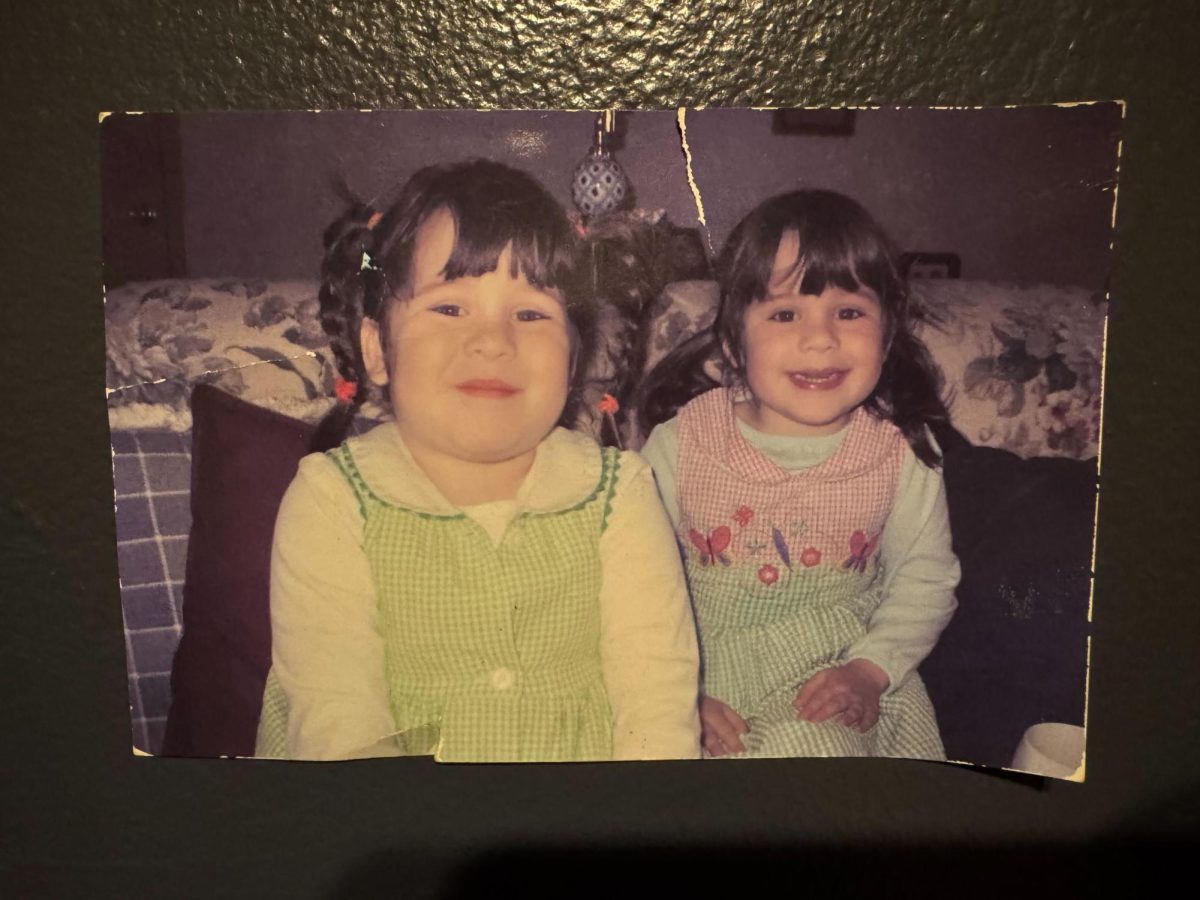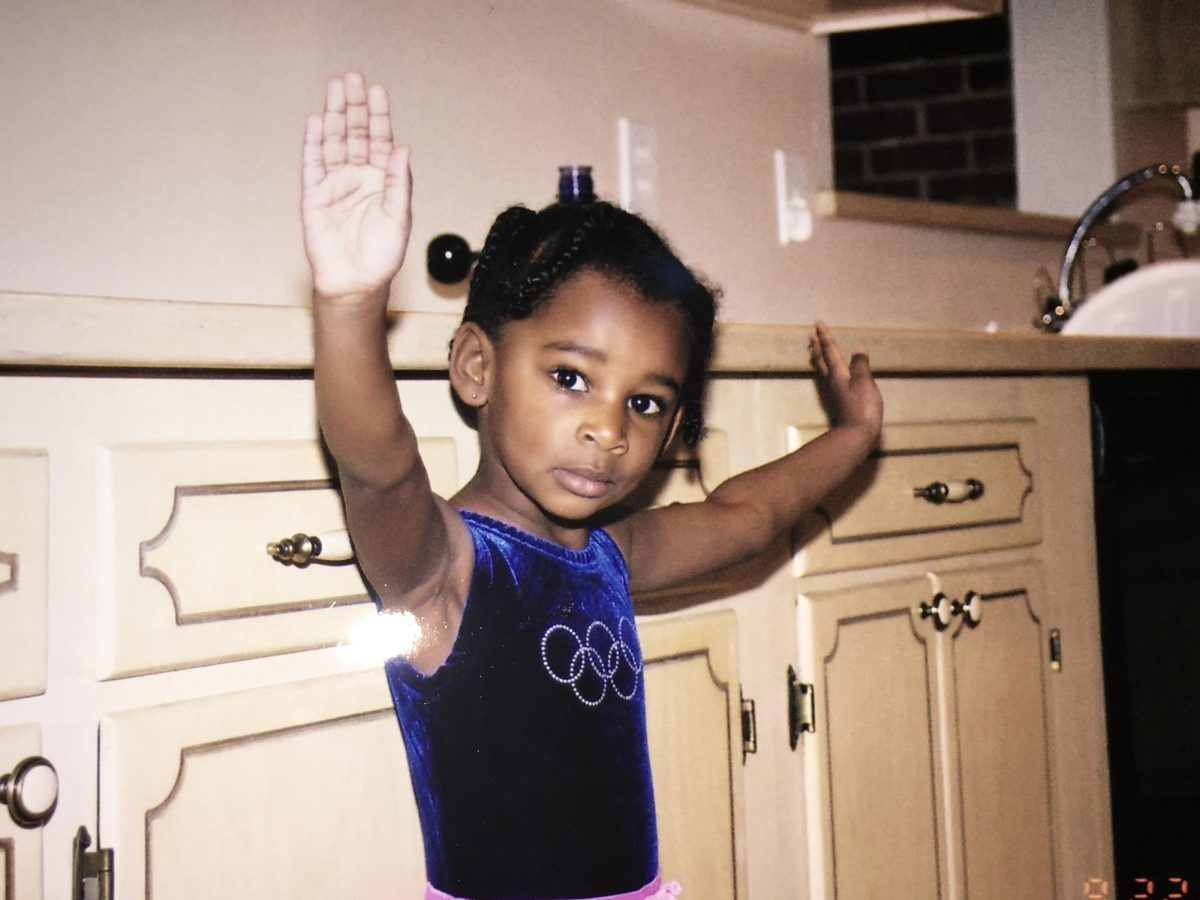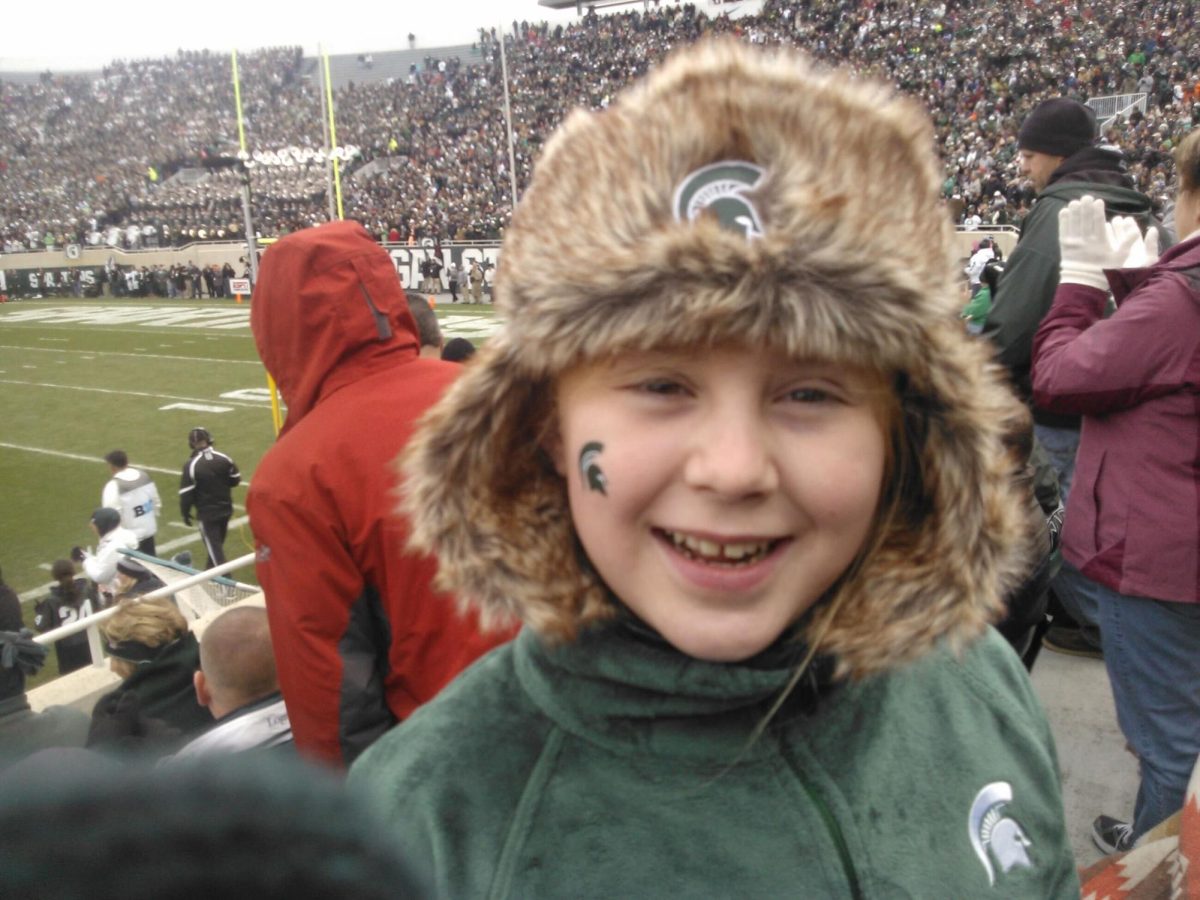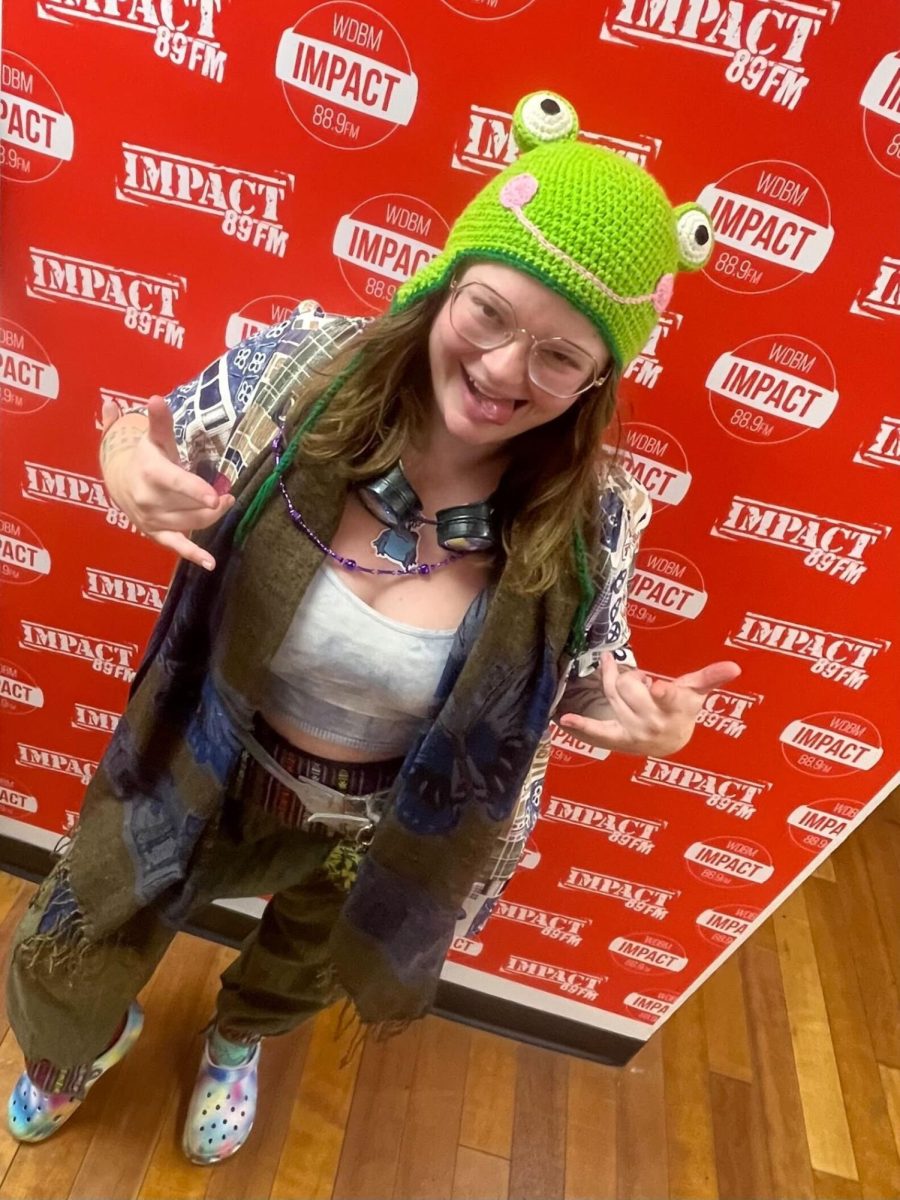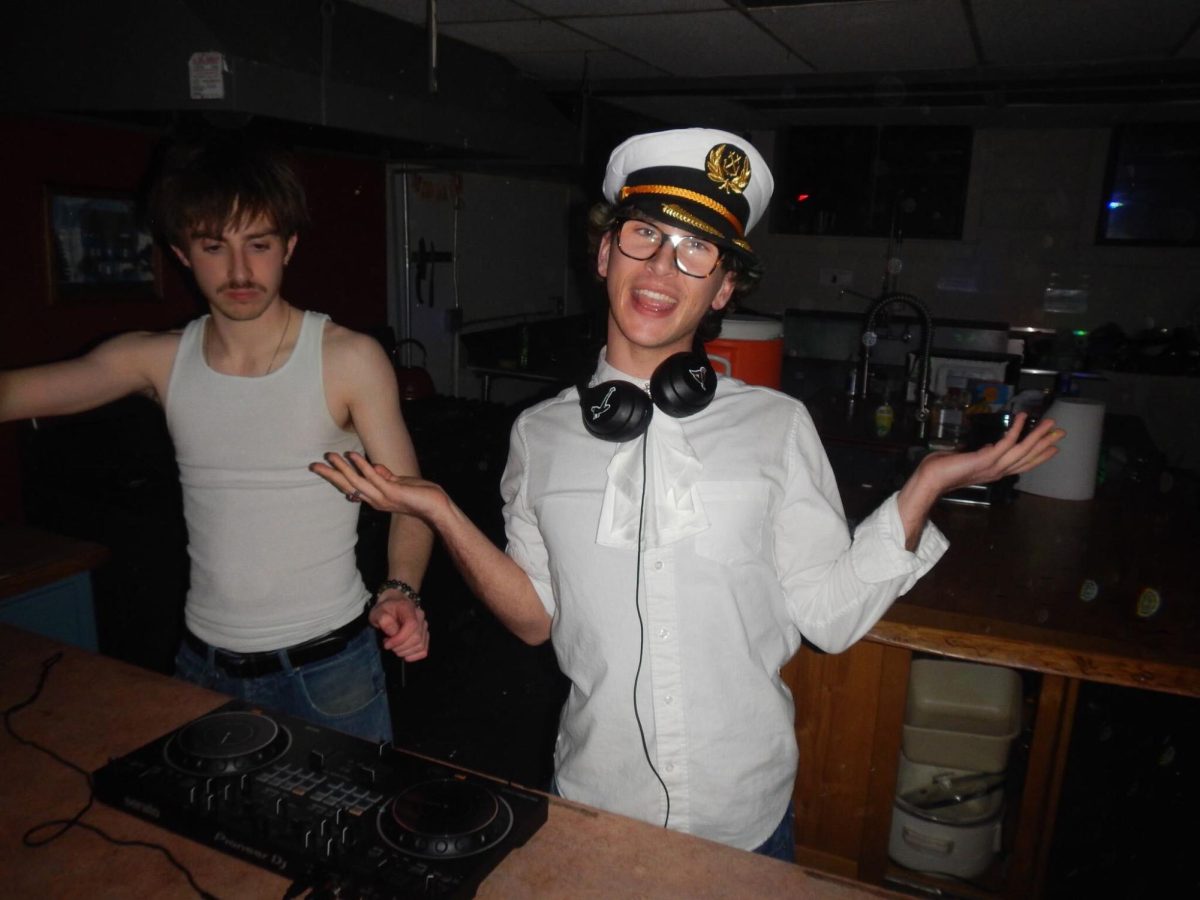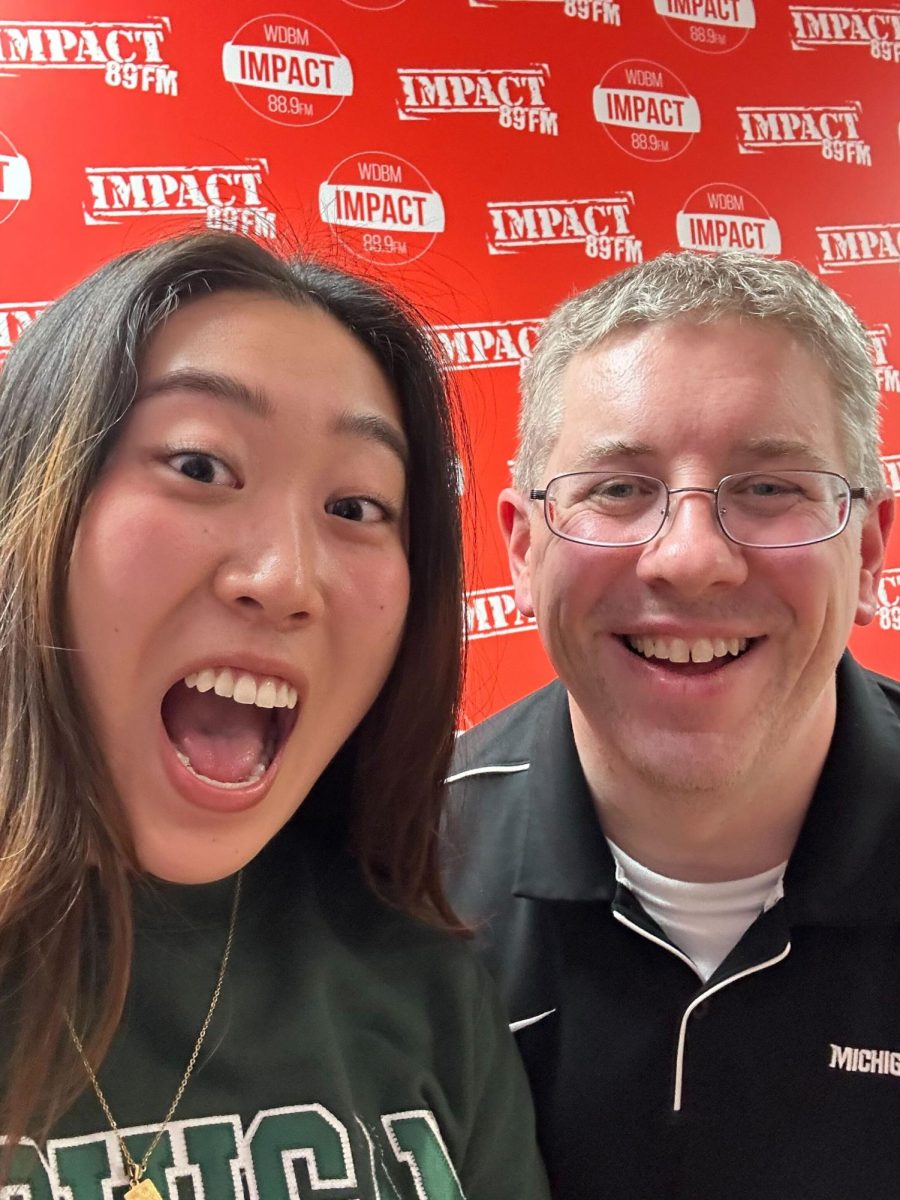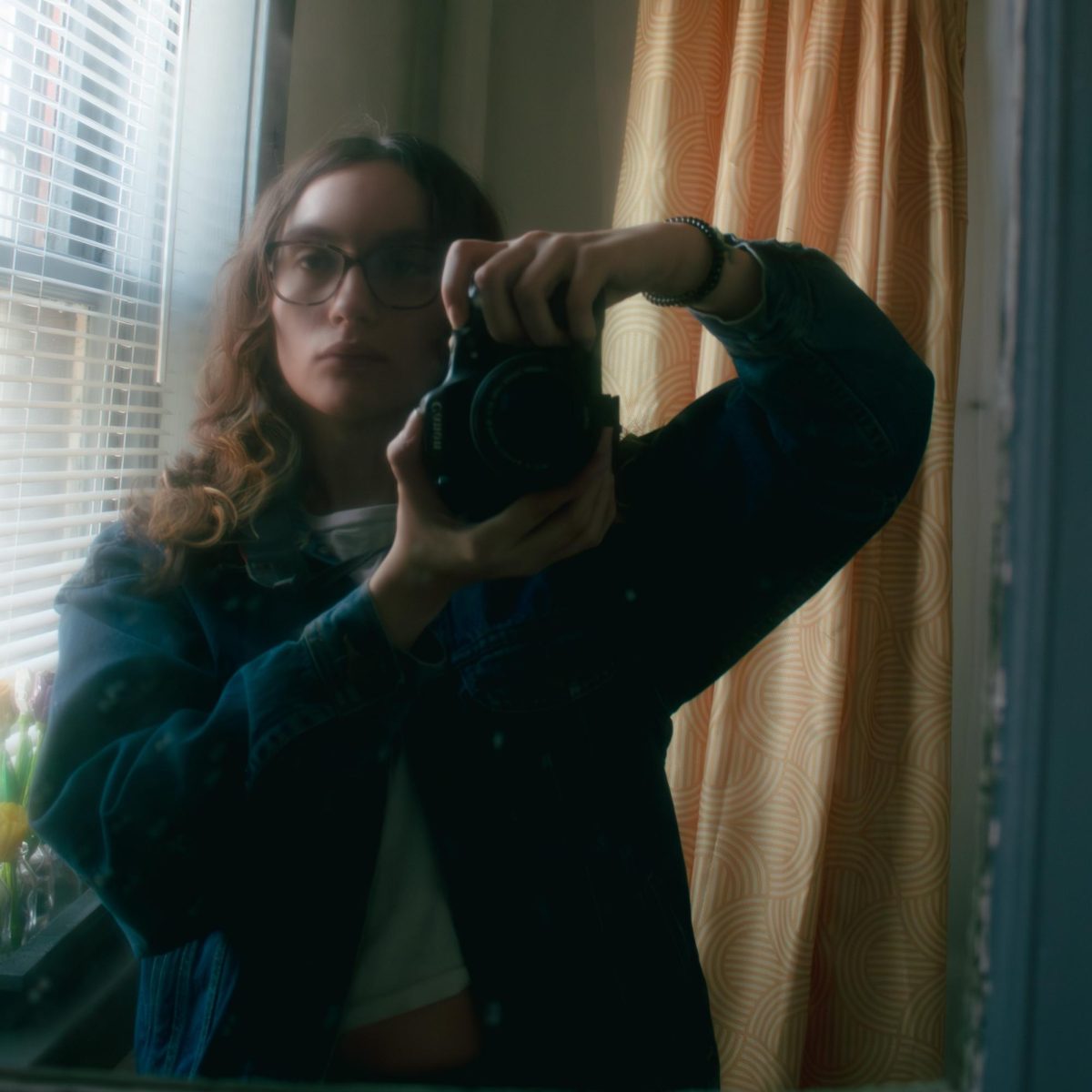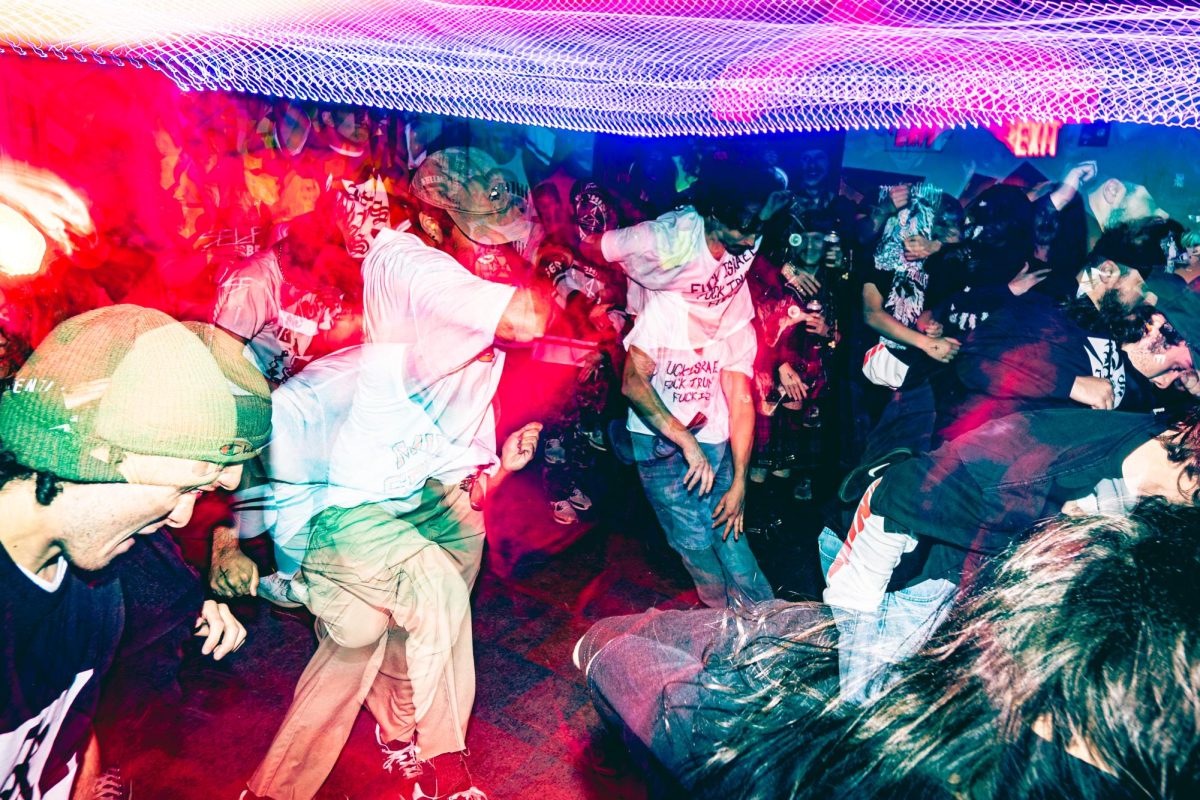Gangsta Boo
Rap, as a genre, has hosted its fair share of misogynistic lyrics and gross objectifications in the past, but Gangsta Boo wasn’t afraid to throw those objectifications back in the faces of those saying them. Primarily of Three 6 Mafia fame, Gangsta Boo held one of the most iconic flows in the history of rap, and when it came to matching the boldness of her contemporaries, her words held more poison than most.
Aside from her work with Three 6 Mafia and her solo discography, which are so much fun on their own, Gangsta Boo has a legendary list of feature spots, including Outkast’s “I’ll Call B4 I Cum,” clipping.’s “Tonight” and Run the Jewels’ “Love Again (Akinyele Back),” which is one of my favorite features of all time.
A couple tracks to know her by are as follows:
– Mike Merucci
Tierra Whack
When you think of artists who have pushed the envelope of what hip-hop can be, most of the artists who come to mind, such as MF DOOM, Outkast and Aminé, are men. Despite this, Tierra Whack has rapidly become one of the prominent faces of experimental hip-hop.
The Philadelphia native has crafted an incredibly impressive resume, from featuring on “My Power” with Beyonce to receiving a Grammy nomination. Whack has created a new lane for experimental music. Her debut album, the critically acclaimed Whack World, features 15 tracks which are all one minute long or less. Her next project, three three-track-long EPs entitled Rap?, Pop? and R&B?, all see her experimenting with the sounds of the aforementioned genres.
All of the envelope-pushing she has done culminated in her album WORLD WIDE WHACK, which sees her continue the tongue-in-cheek lyricism that has become her hallmark. This can be seen in a couple of tracks below:
– Ashe Burr
k.d. lang
When I think of male exclusivity in a genre, country comes to my mind first and foremost. I would even consider some of today’s pop greats such as Taylor Swift and Miley Cyrus to be “country refugees” in a sense, having pivoted into pop for wider appeal. While there are still women such as Reba McEntire and Dolly Parton gracing the stages of Nashville, one female country artist blows them all away in my book.
Kathryn Dawn (k.d.) Lang is the blueprint for alternative country — a trailblazer for the genre and for acceptance of queer people during the LGBTQ-ambivalent decade known as the ‘90s. lang’s music brought the unbearable yearning of a 20th-century lesbian compounded with the country persuasion of the wide-open plains to compact disc during her meteoric stardom, mainly during the 1990s.
While queer country artists today — Orville Peck, for example — owe lang a debt of gratitude for her trailblazing work, her true laurels remain in her work making country music by women for women. From what I hear, lang’s singing chops on the live stage were among the most jaw-dropping in country music, and even in music as a whole. Known for her signature sultry deep voice, some of her songs border on tenor territory, but they were all known to blow back every audience’s collective hair.
Suggested Reading:
https://www.vanityfair.com/style/1993/08/kd-lang-cover-story
Suggested Listening:
Albums such as Ingenue, Angel With A Lariat and Live By Request.
The following tracks:
– Jeremiah Dungjen
Sylvia Massy
Although Sylvia Massy isn’t a music artist, she’s a producer and audio engineer — a profession that’s nearly been wholly male-dominated since music has been around. Women produced only 2.8% of songs on Billboard Hot 100 Year-End charts from 2012-2022, according to the 2023 Fix the Mix report.
Massy, born in Flint, Michigan, has been producing music since 1985 as one of the few female producers in rock and metal. She worked on her first hit, Undertow by TOOL, in 1993. Since then, she’s worked with beloved artists such as Johnny Cash, Red Hot Chili Peppers, System of a Down, Smashing Pumpkins, Sheryl Crow and Lenny Kravitz. She currently produces independently and is involved in educational advocacy for the Recording Academy. Rock and metal wouldn’t be the same without her work.
– Gabby Nelson
Daphne Oram
Electronic music today has the benefit of digital devices, real-time synthesizers and other electronic instruments. Before those innovations, Daphne Oram was pioneering the electronic soundscape by using analog tape and a bizarre arrangement of devices to compose her music.
She was born in England in 1925 and left us with a legacy of excellence in production. The genre known as musique concrète uses analog sound recorded on tape — as opposed to electronically-produced sound — that is processed to weave a sound tapestry. The recordings themselves are effectively the instruments. This was certainly experimental music back in the ‘50s. Today, we might categorize this style as noise music given the cacophony of sounds present.
Oram’s music is especially eerie. I like the feeling I get as I hear it. It is uniquely terrifying to me. Terror isn’t the only emotion I would categorize it with, though. “Four Aspects” is one of her more ambient tracks that progresses to a heavenly place. Through unfamiliar sounds, she transports us past the feeling of terror, and we land comfortably at home.
For a more labyrinthian vibe, I recommend “Episode Metallic.” This track had me feeling powerful and magical. Through any one of her tracks, I think you’ll find something compelling and interesting.
In 1959, Oram’s home became the Oramics Studios for Electronic Composition in Kent. Oramics is a technique Oram developed which involves etching shapes and designs onto a strip of film that will produce sound on playback; “Contrasts Essconic” is the first entirely drawn sound composition.
Oram was the first woman to own an independent electronic music studio. After nearly a decade of production and composition for the BBC, she staked her claim as a composer for film and theater, and as an icon in the world of electronic music.
– Robbie Sullivan



